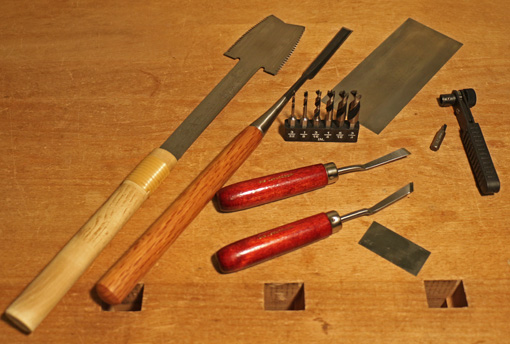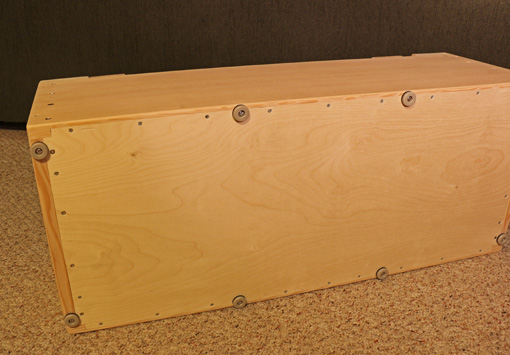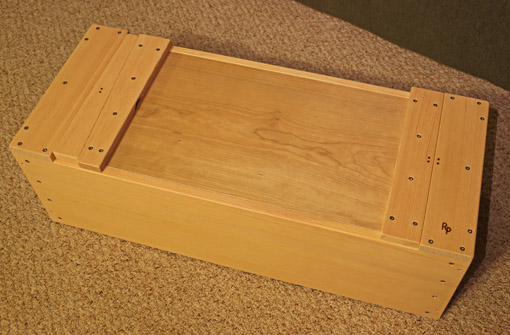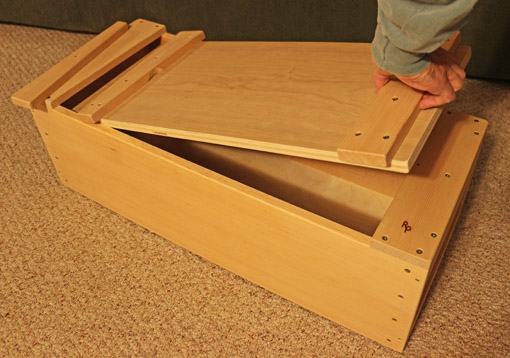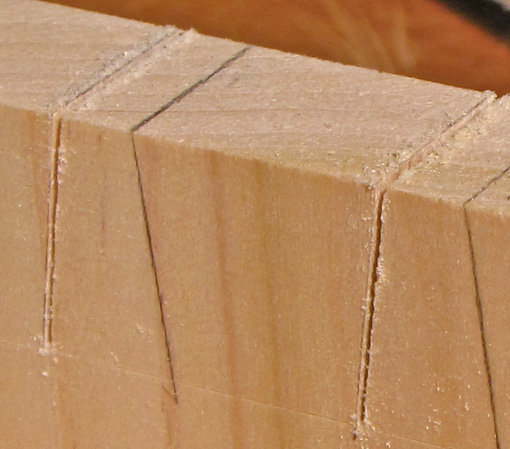
Is a thinner kerf saw more accurate? Does that make a skinny saw better? After all, we associate thin with accurate, such as thin pencil lines or thin gradations on a rule.
Accurate sawing means a clean, neat kerf that consistently splits the layout line, with the kerf in the waste wood. This comes from teeth of appropriate design and pitch for the task that have a small, consistent amount of set. Further, the saw plate must be produced straight and stay straight throughout cutting. The sides of the teeth should also be cleanly free of burr.
The sawyer must employ good mechanics, aided by good tooth geometry, saw balance, hang angle, and other mechanical factors. With all that on your side, you can physically sense true cutting, split the layout line, and visually monitor the progress with accuracy.
But is thinner kerf width, per se, more accurate? I don’t find this to be so. As an example, my .012″ plate Japanese rip dozuki holds no advantage in accuracy by virtue of its thinner plate over my .018″ plate Western dovetail saw. In fact, because of other factors, I find the latter is more accurate. Yes, this is an apples-to-oranges comparison but my eyes and hands can tell that factors other than plate thickness are the deciding ones in determining relative cutting accuracy between these saws.
Similarly, my carbide tip bandsaw blade makes a considerably wider kerf than my steel blades but it cuts more accurately. We also don’t think of thin kerf table saw blades, whatever their other advantages, as being more accurate than standard kerf blades.
Now, I’m not saying get a dovetail saw with a .042″ plate, nor that thin plate saws are necessarily bad choices. I do think confusion arises in assessing and choosing saws because thinner plates are sometimes associated with other factors that promote accuracy such as nicely set fine teeth, or comparing a good quality thin Japanese saw with a poorly made thicker Western saw.
Within limits, however, one ought not assume that, all else being about equal, a thinner plate is more accurate. In some cases, contrary to the assertions of some vendors, it may be less accurate.
There are many factors that produce an effective, accurate saw. You may, for various reasons, prefer a thinner plate saw. But I suggest don’t get charmed by skinny saws. Rather, consider the whole picture, I’d say, and see how the saw really saws.



